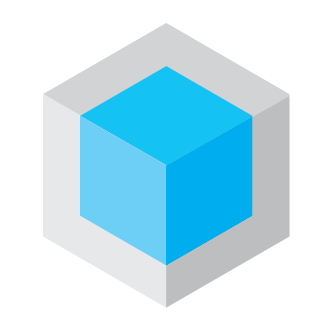Are you Seeking Help with 3D modeling Assignment? In the dynamic world of 3D modeling, staying abreast of the latest trends and advancements is not just advantageous but essential. Whether you're a seasoned student or just starting your journey in this creative field, understanding the cutting-edge developments can significantly enhance your skills and opportunities. In this blog post, we delve into some of the most exciting trends currently shaping the 3D modeling landscape, offering insights and resources that will empower you in your 3D modeling assignments.
1. Generative Design and AI Integration
One of the most transformative trends in 3D modeling is the integration of generative design and artificial intelligence (AI). Generative design algorithms allow designers to input design parameters such as materials, manufacturing methods, and cost constraints, after which AI-driven algorithms generate optimized design solutions. This approach not only accelerates the design process but also produces more efficient and innovative outcomes. For students, understanding these technologies can open up new avenues for creating complex designs and solving design challenges effectively.
2. Virtual and Augmented Reality (VR/AR) in 3D Modeling
The adoption of VR and AR technologies continues to expand in the realm of 3D modeling. These technologies offer immersive experiences that enable designers and clients to visualize designs in real-world contexts before they are physically realized. For students, proficiency in creating models for VR/AR environments can be a valuable skill, especially as industries like architecture, gaming, and product design increasingly embrace these technologies for prototyping and customer engagement.
3. Sustainability and Eco-friendly Designs
With growing global awareness of environmental sustainability, there is a rising demand for eco-friendly designs in 3D modeling. Designers are exploring materials and processes that minimize environmental impact while maintaining functionality and aesthetics. Students can contribute to this movement by incorporating sustainable design principles into their assignments, such as using recycled materials or designing products with minimal carbon footprints. Understanding these principles not only aligns with current industry trends but also prepares students to address future challenges in sustainable design.
4. 3D Printing Innovations
The evolution of 3D printing technology continues to revolutionize manufacturing and design prototyping. From printing intricate prototypes to creating personalized products on demand, 3D printing offers limitless possibilities for designers and entrepreneurs alike. For students, learning about the capabilities and limitations of 3D printing technologies can inspire innovative approaches to their assignments. Experimenting with different materials, scales, and printing techniques can help students develop practical skills that are increasingly valued in industries ranging from healthcare to fashion.
5. Cross-disciplinary Collaboration
In today's interconnected world, collaboration across different disciplines is becoming increasingly important in 3D modeling. Designers often work alongside engineers, marketers, and other professionals to bring ideas to life. For students, gaining experience in cross-disciplinary collaboration can enhance their problem-solving abilities and broaden their perspectives on design challenges. Platforms and tools that facilitate collaboration, such as cloud-based project management systems and virtual meeting spaces, are essential resources for students looking to excel in team-based assignments.
6. Mobile and Web-based 3D Modeling Tools
Advancements in mobile and web-based 3D modeling tools have democratized access to 3D design capabilities. These tools allow designers to create, edit, and share 3D models directly from their smartphones or web browsers, making it easier to collaborate remotely and iterate designs in real time. For students, familiarity with these tools can streamline their workflow and facilitate peer feedback and mentorship. Additionally, learning how to optimize designs for different platforms and devices prepares students for the evolving landscape of digital design and communication.
7. Continued Education and Professional Development
The field of 3D modeling is continuously evolving, driven by technological advancements and industry demands. As such, staying updated with the latest trends and acquiring new skills through continued education and professional development is crucial for students aiming to build successful careers in 3D modeling. Online courses, workshops, and industry conferences provide valuable opportunities to learn from experts, gain hands-on experience with cutting-edge tools, and network with peers and potential employers.
Conclusion
As you embark on your journey in 3D modeling assignments, remember that embracing innovation and staying informed about the latest trends are key to unlocking your full potential. Whether you're exploring generative design with AI, experimenting with VR/AR applications, or championing sustainability in your designs, each trend offers unique opportunities for growth and creativity. By integrating these trends into your learning experience and assignments, you can not only stay ahead of the curve but also contribute meaningfully to the future of 3D modeling. Keep exploring, keep learning, and keep pushing the boundaries of what's possible in this exciting field!
In summary, the world of 3D modeling is evolving rapidly, with trends like AI integration, VR/AR applications, and sustainable design shaping its future. Students can leverage these trends to enhance their skills and creativity in assignments and future careers.

